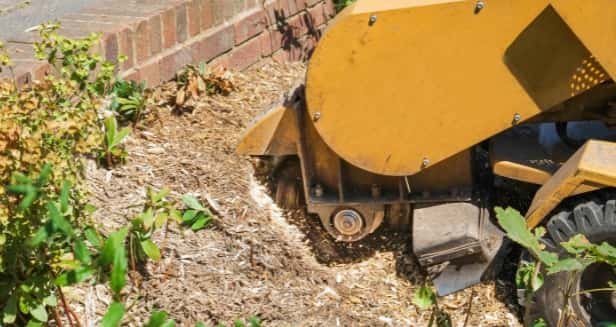Introduction: In the face of increasingly frequent and severe natural disasters, such as hurricanes, wildfires, and storms, proactive measures for disaster preparedness have become imperative for communities worldwide. While trees are valued for their beauty, shade, and environmental benefits, they can also pose risks if not properly maintained during natural disasters. Tree trimming emerges as a crucial strategy for enhancing resilience and mitigating hazards associated with natural disasters. In this blog post, we delve into the importance of tree trimming for natural disaster preparedness and its role in safeguarding communities and landscapes.
Preventing Tree Failures:
- During severe weather events, trees with weakened or overextended branches are more prone to failure, posing risks to property, infrastructure, and human safety. Through strategic tree trimming, arborists identify and remove dead, diseased, or structurally compromised branches that could become projectiles or fall onto structures during storms or high winds. By proactively addressing potential hazards, tree trimming helps prevent tree failures and reduces the risk of property damage and personal injury during natural disasters.
Reducing Fire Risks:
- In regions prone to wildfires, overgrown vegetation, including trees with dense canopies and accumulated deadwood, can fuel the spread of fires and exacerbate their intensity. Tree trimming is crucial in reducing fire risks by creating defensible space around properties, clearing vegetation from power lines, and removing ladder fuels that enable fires to climb into tree canopies. By thinning tree canopies and removing flammable debris, arborists help create fire-resistant landscapes better prepared to withstand wildfires and protect communities.
Maintaining Emergency Access:
- Maintaining access to emergency services and evacuation routes is paramount for ensuring public safety during natural disasters such as hurricanes or severe storms. Overgrown trees and branches can obstruct roadways, impede vehicle access, and hinder evacuation efforts. Through targeted tree trimming along roadways, arborists clear sightlines, improve visibility and create safe passage for emergency vehicles and evacuees. By proactively addressing vegetation hazards, tree trimming facilitates timely response and evacuation procedures during emergencies.
Protecting Utility Infrastructure:
- Trees growing near utility lines pose risks to electrical infrastructure during natural disasters, such as high winds, ice storms, or heavy snowfall. Overgrown branches can contact power lines, causing outages, property damage, and safety hazards. Tree trimming for utility line clearance helps mitigate these risks by maintaining a safe distance between trees and power lines, reducing the likelihood of tree-related outages and infrastructure damage. Arborists play a vital role in ensuring reliable power supply during natural disasters by enhancing the resilience of utility infrastructure.
Promoting Landscape Recovery:
- In the aftermath of natural disasters, trees may suffer damage or loss of foliage, leaving landscapes vulnerable to erosion, soil degradation, and ecological disruption. Strategic tree trimming can aid in landscape recovery efforts by promoting regrowth, reducing the risk of secondary hazards such as falling branches, and enhancing the overall resilience of vegetation. By selectively trimming trees to encourage new growth and structural integrity, arborists facilitate the natural regeneration of landscapes and support ecosystem recovery processes.
Conclusion: Tree trimming is a proactive and essential component of natural disaster preparedness, safeguarding communities, infrastructure, and landscapes from the impacts of severe weather events. By preventing tree failures, reducing fire risks, maintaining emergency access, protecting utility infrastructure, and promoting landscape recovery, arborists contribute to building resilience and enhancing the safety and well-being of communities. As we confront the challenges of a changing climate and increasingly unpredictable weather patterns, let us recognise the critical role of tree trimming in strengthening our resilience and preparing for future uncertainties.
Call us on: 01730 771 392
Click here to find out more about LM Tree Surgery Midhurst
Click here to complete our contact form and see how we can help with your tree’s needs.

